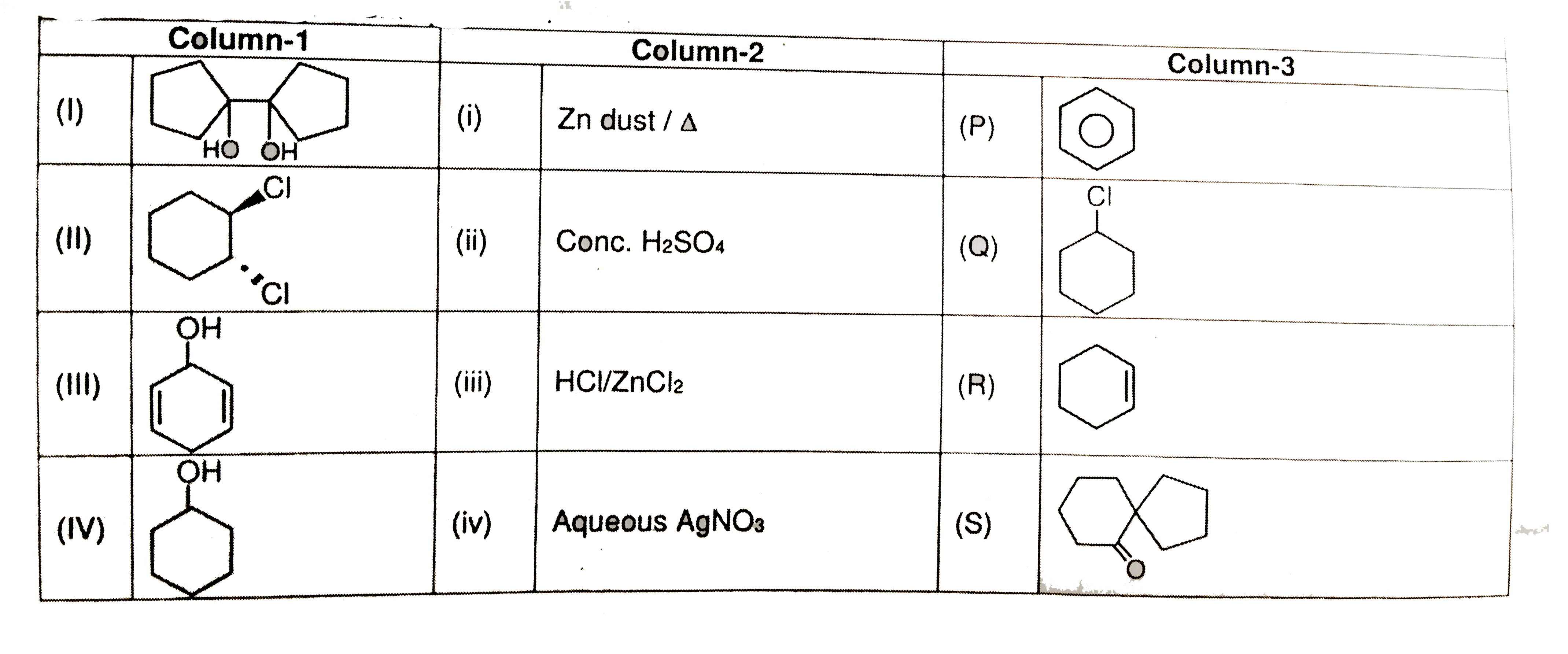State a condition under which a bimolecular reaction is kinetically first order reaction.
The correct Answer is:N/a
To determine the condition under which a bimolecular reaction behaves as a first-order reaction, we can follow these steps:
1. Understand the Reaction Order:
- A bimolecular reaction typically involves two reactants and is second-order overall. However, under certain conditions, it can appear to be first-order.
2. Identify the Condition:
- The key condition for a bimolecular reaction to be kinetically first-order is the presence of one reactant in excess.
3. Explain the Concept of Excess Reactant:
- When one reactant is present in a significantly larger amount compared to the other, its concentration remains relatively constant throughout the reaction.
4. Example of a Pseudo First-Order Reaction:
- Consider the acid-catalyzed hydrolysis of ethyl acetate:
- The reaction can be represented as:
Ethyl Acetate+WaterAcid−−→Acetic Acid+Ethanol
- In this case, if water is present in excess, the concentration of water does not change significantly during the reaction.
5. Rate Law Derivation:
- The rate law for this reaction can be expressed as:
Rate=k(Ethyl Acetate)(Water)
- If water is in excess, its concentration can be considered constant, leading to:
Rate=k′(Ethyl Acetate)
where k′=k(Water) (a new constant).
6. Conclusion:
- Thus, the reaction behaves as a first-order reaction with respect to ethyl acetate, even though it is fundamentally bimolecular. This is why it is referred to as a pseudo first-order reaction.
Final Statement:
The condition under which a bimolecular reaction behaves as a first-order reaction is when one reactant is present in excess, allowing the reaction rate to depend solely on the concentration of the other reactant.
---
- A bimolecular reaction typically involves two reactants and is second-order overall. However, under certain conditions, it can appear to be first-order.
- The key condition for a bimolecular reaction to be kinetically first-order is the presence of one reactant in excess.
- When one reactant is present in a significantly larger amount compared to the other, its concentration remains relatively constant throughout the reaction.
- Consider the acid-catalyzed hydrolysis of ethyl acetate:
- The reaction can be represented as:
Ethyl Acetate+WaterAcid−−→Acetic Acid+Ethanol
- In this case, if water is present in excess, the concentration of water does not change significantly during the reaction.
- The rate law for this reaction can be expressed as:
Rate=k(Ethyl Acetate)(Water)
- If water is in excess, its concentration can be considered constant, leading to:
Rate=k′(Ethyl Acetate)
where k′=k(Water) (a new constant).
- Thus, the reaction behaves as a first-order reaction with respect to ethyl acetate, even though it is fundamentally bimolecular. This is why it is referred to as a pseudo first-order reaction.
The condition under which a bimolecular reaction behaves as a first-order reaction is when one reactant is present in excess, allowing the reaction rate to depend solely on the concentration of the other reactant.
Topper's Solved these Questions
- BOOK - NCERT EXEMPLAR ENGLISHCHAPTER - CHEMICAL KINETICSEXERCISE - MATCHING THE COLUMNS9videos
CHEMICAL KINETICS
- BOOK - NCERT EXEMPLAR ENGLISHCHAPTER - CHEMICAL KINETICSEXERCISE - LONG ANSWER TYPE QUESTIONS5videos
CHEMICAL KINETICS
- BOOK - NCERT EXEMPLAR ENGLISHCHAPTER - CHEMICAL KINETICSEXERCISE - MULTIPLE CHOICE QUESTIONS12videos
CHEMICAL KINETICS
- BOOK - NCERT EXEMPLAR ENGLISHCHAPTER - BIOMOLECULES EXERCISE - Long Answer Type Questions5videos
BIOMOLECULES
- BOOK - NCERT EXEMPLAR ENGLISHCHAPTER - CHEMISTRY IN EVERYDAY LIFEEXERCISE - Long Answer Type Qns4videos
CHEMISTRY IN EVERYDAY LIFE
Similar Questions
Knowledge Check
- Question 1 - Select One
State one condition under which a bimolecular reaction may be kinetically of first order reactions.
AWhen both reactants have same concentrationBwhen one of the reacting species is in large excessCwhen the reaction is at equilibriumDwhen the activation energy of reaction is less - Question 2 - Select One
Rate constant in case of first order reaction is
Ainversely proportional to the concentration unitsBindependent of concentration unitsCdirectly proportional to concentration unitsDinversely proportional to the square of concentration units.

The bimolecular reaction is represented by :View SolutionWhich of the following reaction is not of the first order ?
View SolutionThe unit of rate constant for a first order reaction
View SolutionGive an example of pseudo first order reaction.
View SolutionGive an example of pseudo first order reaction.
View SolutionGive an example of pseudo first order reaction.
View Solution

